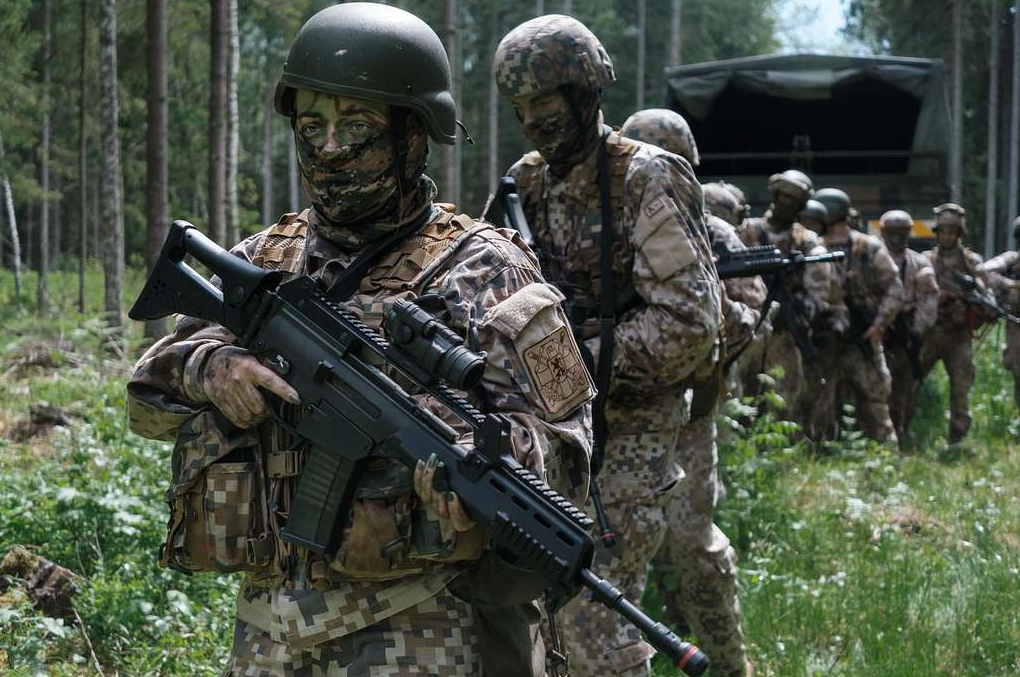NATO’s Societal Preparedness for War: An Emerging Priority Post-Ukraine Invasion

In the wake of Russia’s extensive 2022 invasion of Ukraine, NATO’s focus on military preparedness has been complemented by an increasing emphasis on societal readiness for war. This shift, as highlighted in a commentary by RUSI, reflects a growing recognition of the role civil society plays in the broader context of warfare.
The Russian annexation of Crimea in 2014 was initially met with limited response from NATO, with only Eastern European members significantly reacting. However, the subsequent invasion of Ukraine in 2022 prompted a more robust response from NATO, including a doubling of its multinational battlegroups and a shift in its strategic posture, recognizing Russia as a threat rather than a partner.
The realization of the inadequacies in Europe’s military capabilities – exemplified by the UK’s limited artillery ammunition and Germany’s Bundeswehr – has paved the way for a broader discourse on societal involvement in defense. Notably, UK Chief of the General Staff, General Sir Patrick Sanders, has called for a national mobilization in anticipation of potential conflict with Russia. This call extends beyond mere conscription, aiming for a deeper integration of civil society into defense strategies.
In similar veins, Sweden and Germany have initiated discussions around total defense models and the possibility of reintroducing conscription. These efforts aim to enhance societal resilience and readiness for potential conflict. Estonia and Poland also echo these sentiments, with respective leaders and intelligence agencies estimating the timeframe for a potential war with Russia.
The urgency of these developments is not driven by a sudden change in the Russian threat, but rather a combination of factors including NATO’s military adaptations and recruitment challenges. The ‘New Force Model’ of NATO, aiming for a higher number of forces at elevated readiness levels, underscores the need for societal engagement in defense.
This shift towards societal preparedness is timely, given recent experiences with civil-military integration during the Covid-19 pandemic and the impact of international conflicts on global societies. Finland’s upcoming NATO membership brings valuable comprehensive security expertise to the Alliance, potentially guiding other members in strengthening their societal defense frameworks.
However, transforming societal dimensions to match military readiness is a complex and politically sensitive endeavor. It requires a new social contract, transparent about national security risks and the costs associated with action and inaction. This process involves political will, public engagement, and an understanding that defense spending must increase in response to a more dangerous global landscape.
Ultimately, NATO’s evolving approach reflects a holistic understanding of security, acknowledging that military strength must be complemented by societal resilience and readiness. As the world grapples with increasing geopolitical tensions, NATO’s focus on societal preparedness could prove crucial in navigating future conflicts.

